NASA is gearing up for a thrilling adventure unlike any before: the Psyche Mission. Targeting not just any ordinary space rock, but a unique, metal-rich asteroid dwelling between Mars and Jupiter.
This asteroid, intriguingly sharing the mission's name - Psyche, isn't just another space object. Scientists believe it could be the exposed nickel-iron core of an early planet, offering tantalizing clues about how terrestrial planets like our Earth came to be.
The Psyche Mission: A Detailed Overview
Launching on October 2023, the Psyche Mission marks an ambitious chapter in space exploration. It's an orbiter mission, meaning that it involves a spacecraft designed to orbit around a celestial body.
In this case, an intriguingly unique metal-rich asteroid named Psyche, located between Mars and Jupiter.
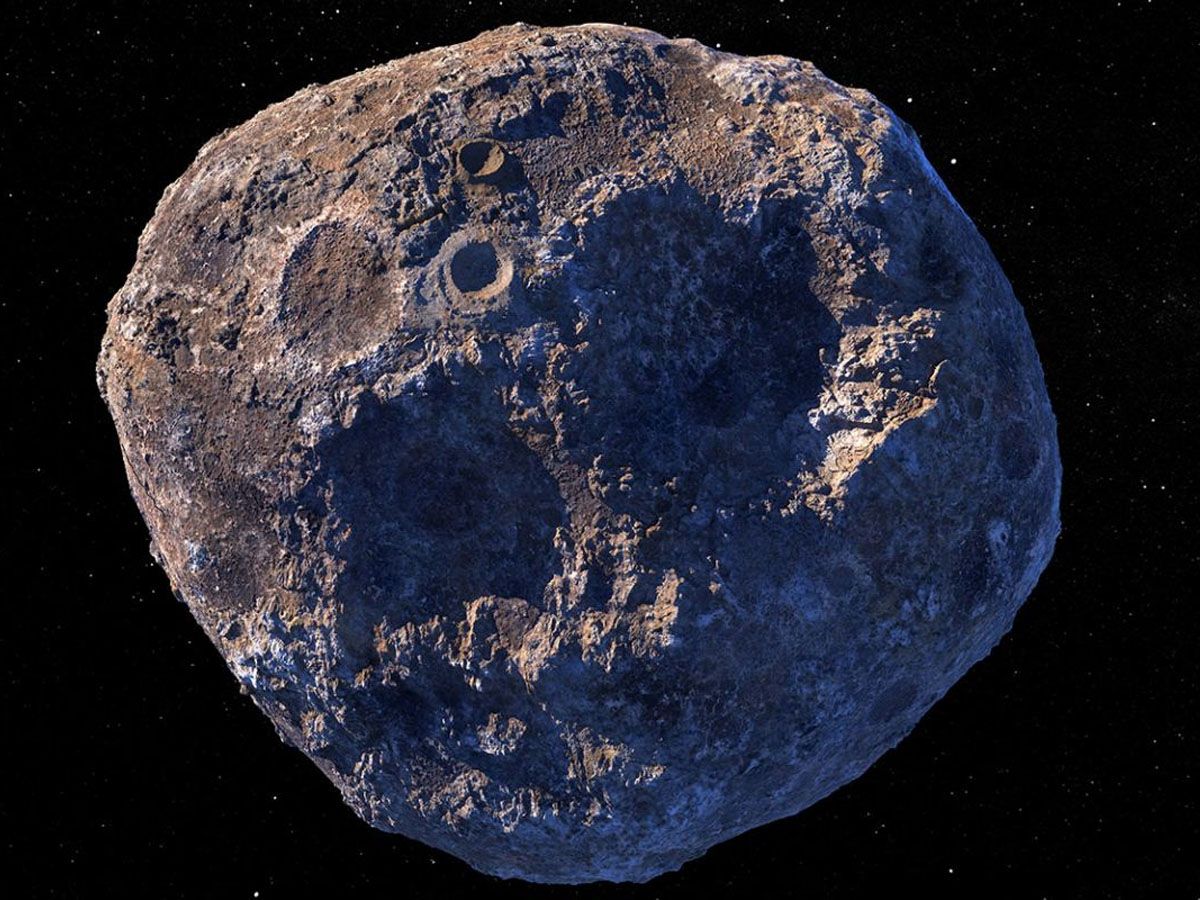
The mission's primary objective? To delve into the mysteries of Psyche, which scientists believe might be the exposed nickel-iron core of an early planet. This venture targets a celestial body fundamentally different from the rocky or icy worlds we've studied before.
But why does that matter? What makes this hunk of metal worth visiting?
The Psyche mission opens a rare window into the hidden layers of planets. Normally, metallic cores like the one Psyche may represent are buried deep within rocky planets, unreachable for direct study.
But Psyche presents a unique opportunity, almost as if a part of the cosmos decided to lay bare a secret, inviting us to read the story of planetary formation etched in its metallic body.
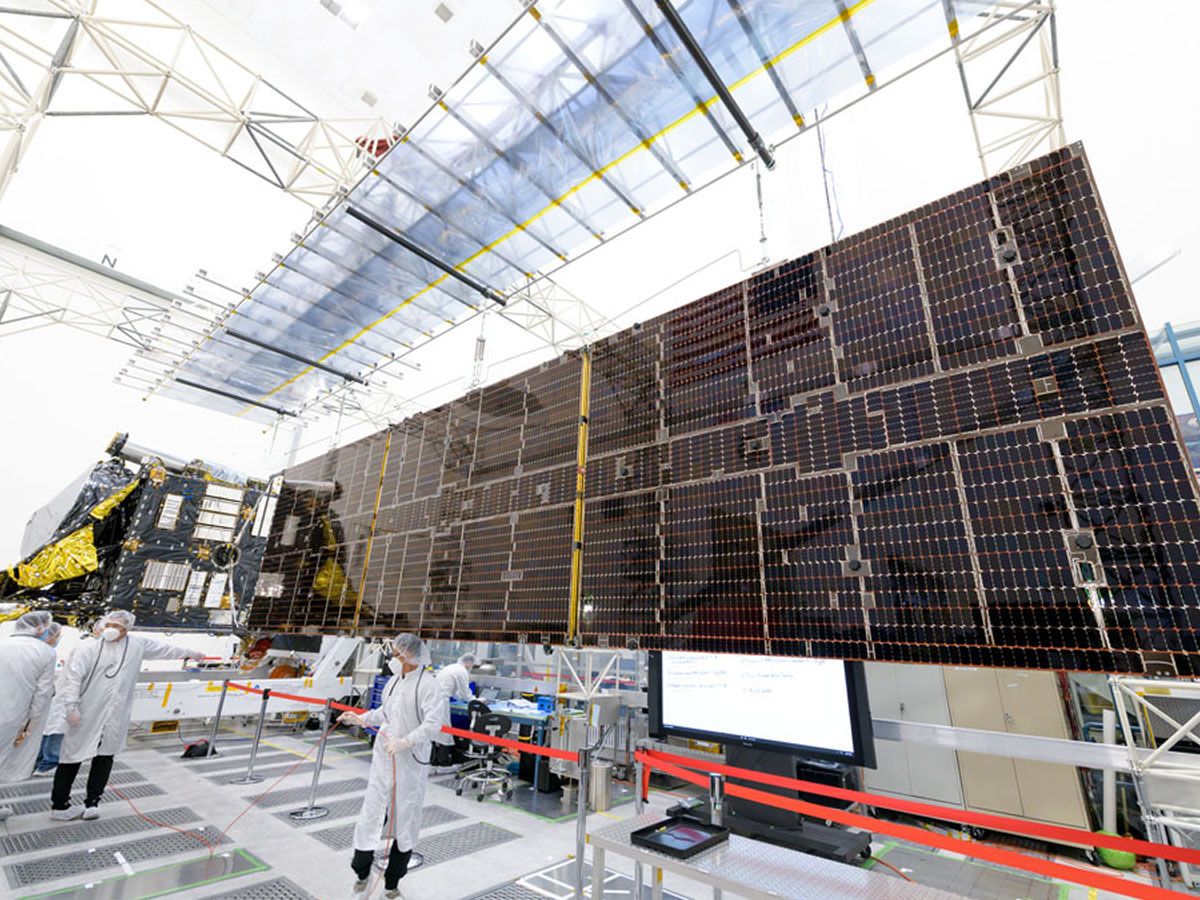
Leading this mission is Arizona State University, with NASA's Jet Propulsion Laboratory handling the mission's management and operations.
Not to be forgotten is the significant role of Maxar (formerly SSL), who will craft the spacecraft's solar-electric propulsion chassis.
Science Goals and Objectives of the Psyche Mission
One of the primary science goals is to learn about iron cores, regarded as crucial building blocks in planet formation. By examining Psyche, the mission seeks to reveal more about the interiors of terrestrial planets that otherwise wouldn't be observable.
Moreover, this expedition allows us to explore a unique world composed entirely of metal, as opposed to the familiar rocky and icy bodies.
The mission's science objectives further delve into unraveling the mysteries of the Psyche. Researchers aim to determine whether Psyche is a core or unmelted material and establish the relative ages of various regions on Psyche's surface.
They also plan to probe whether small metal bodies incorporate light elements akin to those found in Earth's high-pressure core, and assess whether Psyche was formed under more oxidizing or more reducing conditions than Earth's core. Lastly, the mission intends to characterize Psyche's topography.
Accomplishing these objectives could have a profound impact on our comprehension of the cosmos. We can better understand the chaotic processes that occur in the birth of a planet, and by extension, appreciate the incredible journey that led to the formation of our Earth.
So, we're not just exploring an asteroid, we're voyaging into the cryptic depths of our cosmic past.
Scientific Instruments and Investigations in the Psyche Mission
One of the primary tools on board is the Multispectral Imager, which is akin to a high-powered, space-ready camera. This imager is designed to capture detailed, colorful pictures of Psyche, helping us see the asteroid's surface in unprecedented detail.
From these images, scientists will gain insights into the asteroid's history, the composition of its surface, and perhaps clues about its internal structure.
Another key piece of equipment is the Gamma Ray and Neutron Spectrometer. This device doesn't take pictures; instead, it identifies the atoms that makeup Psyche's surface.
By measuring gamma rays and neutrons, which are emitted from Psyche's surface in response to cosmic rays, scientists can determine what elements are present on Psyche, like iron, nickel, silicon, or even rarer ones like gold or platinum.
The Magnetometer is a third crucial tool that has an equally critical mission. If Psyche is indeed a stripped-down planetary core, it could have a remnant magnetic field. The Magnetometer is designed to detect this field.
If a magnetic field is found, it could offer vital clues about the history of planetary cores and magnetic fields in our solar system.
Deep Space Optical Communication (DSOC)
Aside from these primary instruments, the Psyche mission also serves as a testbed for an exciting new technology - Deep Space Optical Communication (DSOC). DSOC, in simple terms, is a new way for spacecraft to communicate with Earth.
Traditional communication methods involve radio waves, but DSOC uses a different approach. It leverages the power of lasers, much like a flashlight emitting a focused beam of light, but far more precise and capable of crossing vast distances of space. This laser light is transmitted in the form of photons which carry information.
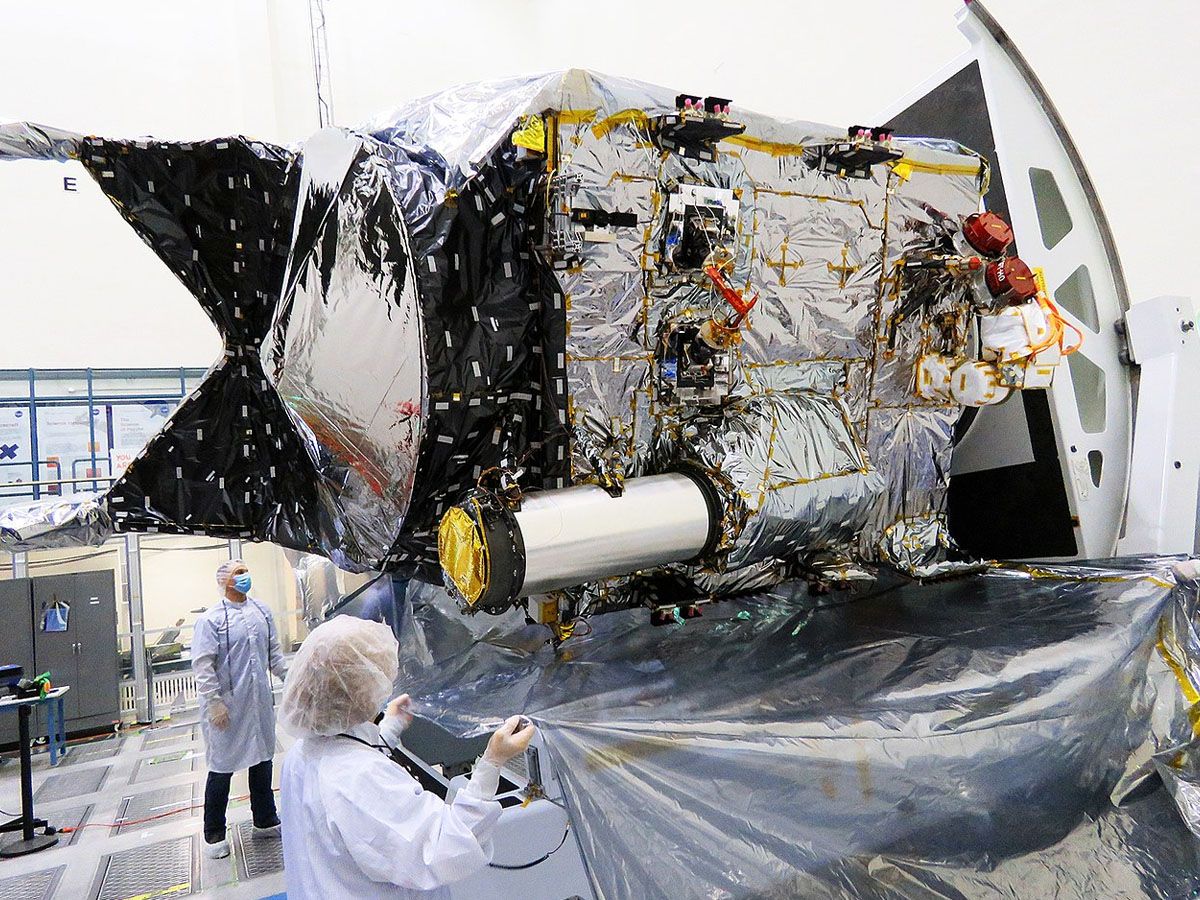
The promise of DSOC is tremendous, potentially allowing for much faster data transfer rates. This could mean receiving higher-quality images and more detailed data from Psyche in a shorter amount of time.
A successful trial on the Psyche mission could revolutionize how we communicate with deep space missions in the future. DSOC is the future knocking on the door of space communication, promising a world where our window into the cosmos becomes ever clearer and more detailed.
The Psyche Spacecraft's Bus and Propulsion System
The spacecraft's architecture is made with materials fit for the rigors of space travel. It measures roughly 24.76 feet (7.55 meters) in width and 17.7 feet (5.4 meters) in height.
However, when we consider the solar arrays which capture sunlight to generate power, the spacecraft spans an impressive 81 feet (24.76 meters) across, equivalent to the wingspan of a Boeing 737 airplane.
The spacecraft weighs approximately 2,682 kilograms, a little more than the weight of a typical SUV.
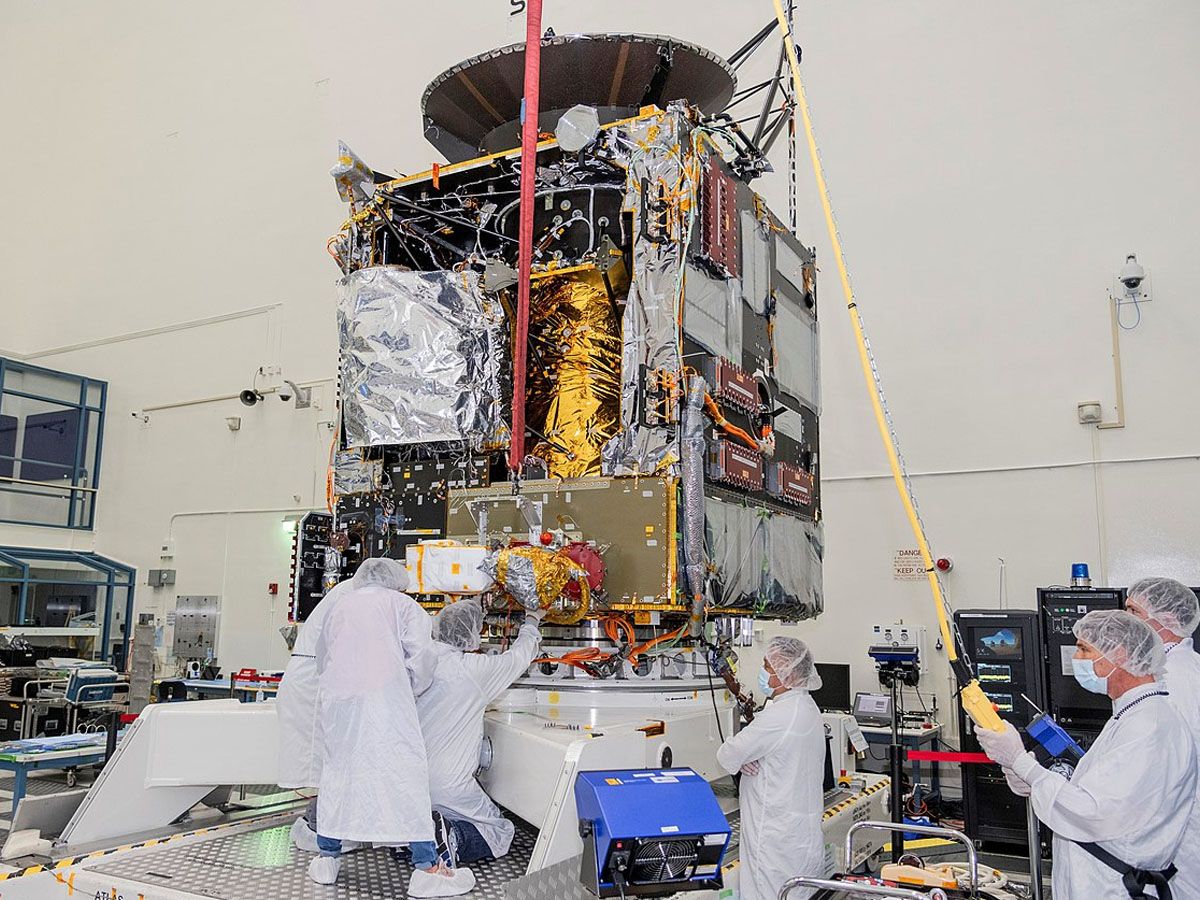
To ensure its successful voyage to Asteroid Psyche, the spacecraft is equipped with a robust propulsion system. This system is built around a solar electric propulsion (SEP) concept, which converts sunlight into electrical power to fuel its ion engines.
These engines are highly efficient and can sustain a small but constant thrust over a long period, perfect for deep space missions like Psyche.
The spacecraft's bus serves as the 'body' of the spacecraft, hosting all instruments and systems. It's built to be strong yet lightweight, a balance necessary for the strains of launch and the vacuum of space.
The Journey of the Psyche Spacecraft
The spacecraft is set to launch from Cape Canaveral Space Force Station in Florida, rocketing off Earth's surface aboard the powerful SpaceX Falcon Heavy rocket.
Once it escapes the Earth's atmosphere and gravitational pull, it embarks on its solo journey across millions of miles of space.
Following launch, the spacecraft will propel itself on a carefully calculated trajectory. This course is not a straight line but rather a series of arcs, called Hohmann transfer orbits. This method maximizes fuel efficiency, taking advantage of the gravitational pull of the planets.
The trajectory will include gravity assist flybys of Mars to gain a speed boost, adjusting its path without using much fuel. These maneuvers will set the spacecraft on a precise course toward its final destination, the Asteroid Psyche.

Before the launch can take place, the Psyche spacecraft undergoes extensive pre-launch testing and construction.
The construction phase involves bringing together the subsystems, including the bus, propulsion system, and scientific instruments, to assemble the complete spacecraft. Each piece is built and tested individually before integration.
The pre-launch testing phase is crucial to the success of the mission. Each component of the spacecraft is put through exhaustive trials to simulate the harsh conditions of space.
These tests range from vibration and shock testing, where the spacecraft is shaken to mimic the forces of launch, to thermal vacuum testing, where it is exposed to the extreme temperatures and vacuum of space.
Review Board: Ensuring the Success of the Psyche Mission
The launch of the Psyche spacecraft was initially set for July 2023. However, this was postponed due to some unforeseen technical complications.
The mission team found issues with the power subsystem, which had to be thoroughly investigated and resolved to ensure the spacecraft's long-term functionality.
The Review Board meticulously oversaw the troubleshooting and rectification process to maintain the utmost standards of mission safety and success.
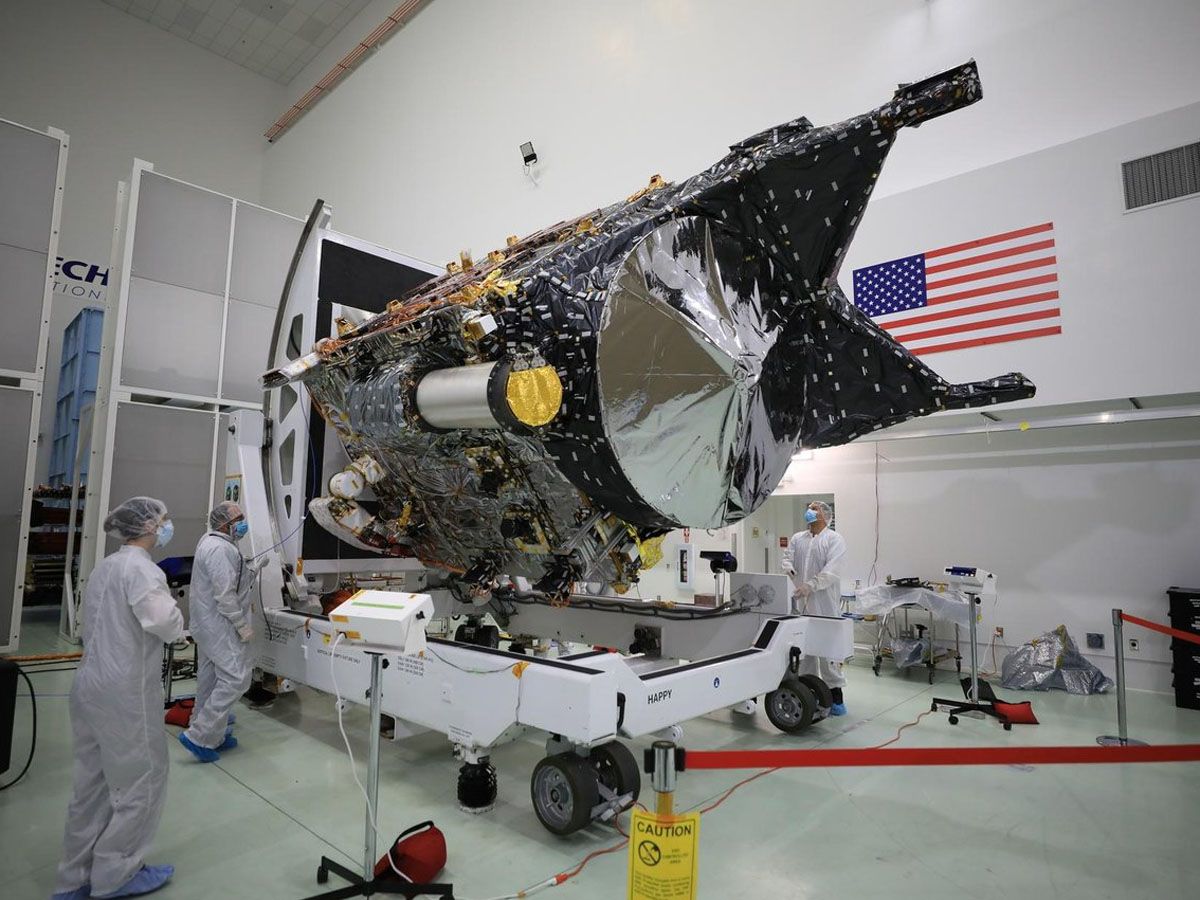
The actions taken included testing individual components, conducting full system diagnostics, and implementing corrective measures.
With the issues resolved and additional checks completed, the new launch date was set for October 2023. Such meticulous troubleshooting and remedial efforts have increased confidence in the mission's successful execution.
How will the Psyche mission progress, and what will it unveil about our solar system's history? Only time will reveal the mysteries that the asteroid Psyche holds within.












